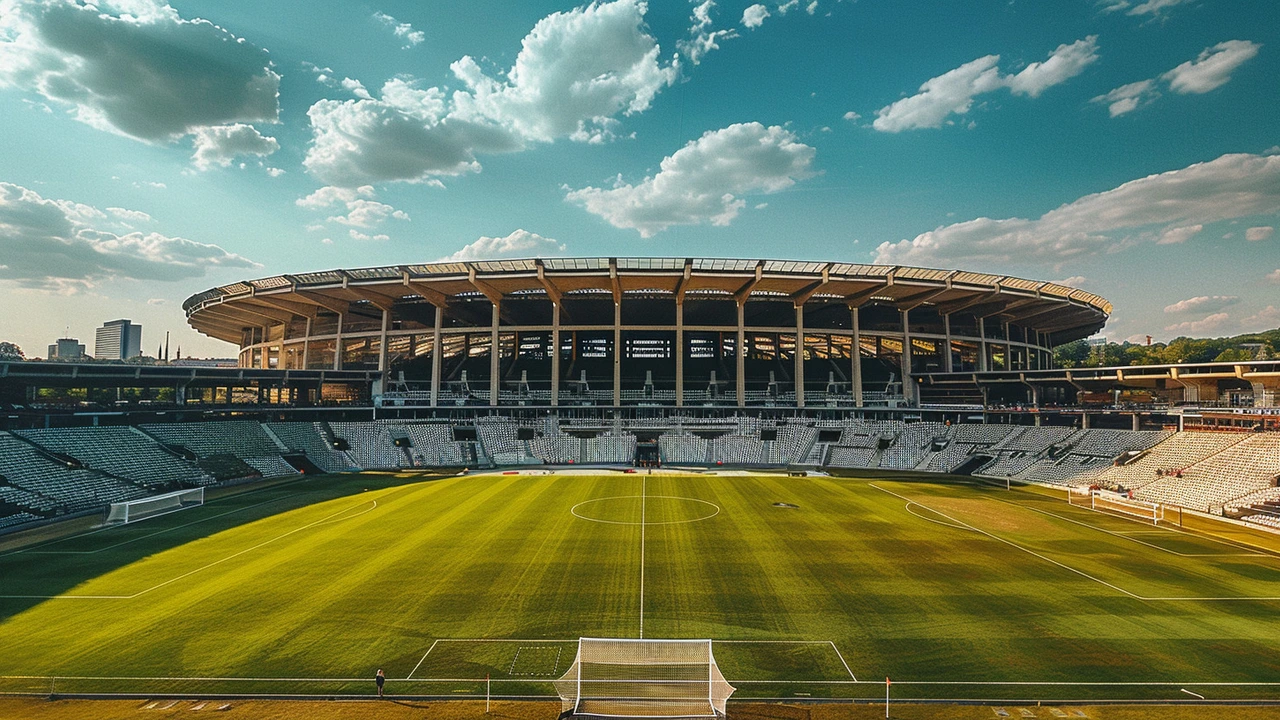Football Venues: Your Go‑To Guide for Watching the Game Live
If you love the roar of a crowd and the smell of fresh grass, you’ve probably wondered which stadiums are worth the trip. The right venue can turn an ordinary match into a memory you’ll brag about for years. Below we break down what makes a great football venue and point out some must‑visit stadiums across Africa and beyond.
What Makes a Great Football Venue?
A good stadium does more than hold 60,000 seats. It offers clear sightlines, solid acoustics, and an atmosphere that pumps up both players and fans. Look for venues with modern facilities – think quick entry gates, reliable Wi‑Fi, and plenty of food options. History also matters; a ground that has hosted World Cups or legendary finals adds extra excitement.
Another factor is location. Easy access to public transport or parking can save you hours of hassle on match day. Finally, safety and comfort are non‑negotiable – good crowd control, clean restrooms, and well‑trained staff keep the experience enjoyable for everyone.
Must‑Visit Stadiums in Africa and Beyond
In South Africa, Soccer City (FNB Stadium) in Johannesburg is a top pick. It hosted the 2010 World Cup final, so the vibe is electric whenever big games are on. The stadium’s roof amplifies chants, making you feel part of something massive.
Travel north to Egypt and you’ll find Cairo International Stadium. Its 75,000‑seat bowl sees intense rivalries between Al Ahly and Zamalek. Arriving early lets you explore the surrounding market stalls where fans sell scarves and snacks – a perfect way to soak up local culture.
If you’re heading west, Senegal’s Stade Léopold Sédar Senghor in Dakar offers coastal breezes and a passionate crowd that sings throughout the match. The stadium’s modern design means no obstructed views, so every seat feels like a front‑row spot.
Outside Africa, consider Europe’s iconic Old Trafford in Manchester. Known as “The Theatre of Dreams,” it delivers history, massive capacity, and a museum that lets you walk through decades of football glory. For a different vibe, Spain’s Camp Nou in Barcelona provides a sea of blaugrana colors and an arena that feels like a living, breathing entity during a Barça match.
When planning your visit, book tickets early – big games sell out fast. Use official club websites or trusted resale platforms to avoid scams. If you’re traveling internationally, check visa requirements and look for travel packages that bundle match tickets with accommodation.
On match day, arrive at least an hour before kickoff. This gives you time to find your seat, grab a bite, and soak up pre‑game chants. Dress in the home team’s colors; fans love seeing strangers join their chorus.
Finally, remember that every stadium has its own quirks. Some have standing sections where the noise level spikes, while others offer family zones with lower volume. Choose the area that matches your comfort level so you can enjoy the game without stress.
Whether you’re ticking off a bucket list or just want a better view of your favorite club, picking the right football venue makes all the difference. Use this guide to plan your next stadium adventure – and get ready for unforgettable moments on the pitch.

Exploring the Architectural Marvels of Euro 2024 Stadiums in Germany
Jun 14, 2024, Posted by Ra'eesa Moosa
Euro 2024 in Germany features ten stadiums renowned for their unique architectural designs, from the Allianz Arena in Munich to the historic Olympiastadion in Berlin. These venues blend history, technology, and innovation, setting the stage for an unforgettable tournament.
MORE